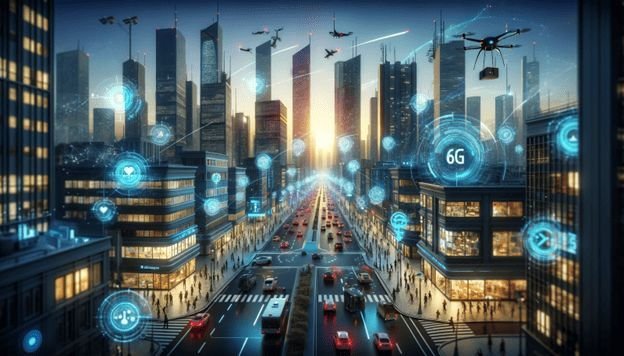Health Information Technology: Transforming Healthcare Delivery
Health Information Technology:
Transforming Healthcare Delivery
In recent years, the integration of Health Information Technology (Health IT) has revolutionized the healthcare industry, enhancing efficiency, improving patient outcomes, and transforming the way medical professionals deliver care. This article explores the profound impact of Health IT, its benefits, challenges, and future prospects.
Table of Contents
1. **Introduction to Health Information Technology**
2. **Benefits of Health Information Technology**
– Enhanced patient care coordination
– Improved diagnostic accuracy
– Efficient management of medical records
– Facilitation of telemedicine and remote monitoring
3. **Challenges of Implementing Health Information Technology**
– Initial costs and financial investment
– Privacy and security concerns
– Training and adaptation by healthcare professionals
4. **Future Trends in Health Information Technology**
– Artificial Intelligence and machine learning in diagnostics
– Expansion of wearable health technology
– Blockchain for secure health data exchange
5. **Conclusion**
6. **FAQs about Health Information Technology** Introduction to Health Information Technology
Health Information Technology encompasses a broad range of technologies designed to manage and exchange health information electronically. This includes electronic health records (EHRs), telemedicine tools, health information exchanges (HIEs), and mobile health applications. These technologies aim to improve the quality, safety, and efficiency of healthcare delivery.
Benefits of Health Information Technology
Enhanced Patient Care Coordination
Health IT enables seamless communication and information sharing among healthcare providers. This coordination ensures that patients receive timely and comprehensive care across different healthcare settings.
Improved Diagnostic Accuracy
Advanced data analytics and decision support systems help healthcare providers make more accurate diagnoses and treatment plans. This leads to better outcomes and reduced medical errors.
Efficient Management of Medical Records
Electronic Health Records (EHRs) streamline the storage and retrieval of patient information. This reduces paperwork, minimizes errors, and allows healthcare providers to access critical data instantly.
#### Facilitation of Telemedicine and Remote Monitoring
Telemedicine platforms and remote monitoring devices enable healthcare professionals to deliver care to patients in remote or underserved areas. This technology also supports ongoing monitoring of chronic conditions, improving patient management.
Challenges of Implementing Health Information Technology
Initial Costs and Financial Investment
The upfront costs associated with adopting and integrating Health IT systems can be substantial, posing financial challenges for healthcare organizations, especially smaller practices.
Privacy and Security Concerns
The protection of sensitive patient data from cyber threats remains a significant concern. Healthcare organizations must implement robust security measures to safeguard electronic health information.
Training and Adaptation by Healthcare Professionals
The successful implementation of Health IT relies on the effective training and adoption by healthcare providers. Resistance to change and lack of adequate training can hinder the utilization of these technologies.
Future Trends in Health Information Technology
Artificial Intelligence and Machine Learning in Diagnostics
AI-powered algorithms have the potential to analyze vast amounts of medical data quickly and accurately, assisting clinicians in diagnosing diseases and predicting patient outcomes.
Expansion of Wearable Health Technology
Wearable devices, such as smartwatches and fitness trackers, are becoming integral to monitoring patients’ health metrics in real-time, promoting proactive healthcare management.
Blockchain for Secure Health Data Exchange
Blockchain technology offers a decentralized and secure approach to managing health data, ensuring transparency, integrity, and interoperability across healthcare systems.
Conclusion
Health Information Technology is reshaping the healthcare landscape by enhancing efficiency, improving patient outcomes, and enabling more personalized care. While challenges like initial costs and security concerns persist, the future of Health IT looks promising with advancements in AI, wearable technology, and blockchain solutions.
FAQs about Health Information Technology
1. **What is Health Information Technology (Health IT)?**
Health IT refers to the use of technology to manage and exchange health information in electronic form.
2. **How does Health Information Technology benefit patients?**
It improves care coordination, enhances diagnostic accuracy, and facilitates remote access to healthcare services.
3. **What are the challenges of implementing Health Information Technology?**
Challenges include initial costs, privacy concerns, and the need for healthcare professionals to adapt to new technologies.













Post Comment